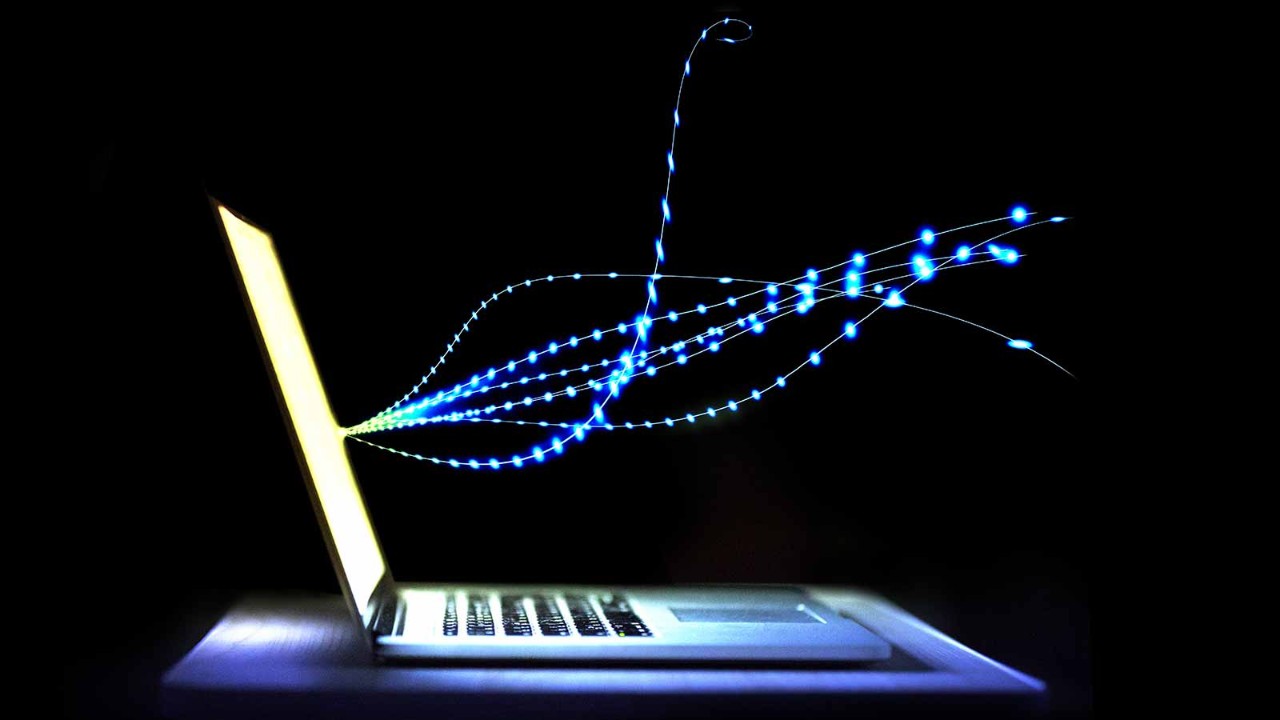
Audit technology is coming along in leaps and bounds. Machine learning algorithms are being taught how to ‘think’ like an auditor. Drones are remotely counting assets. And automated document verification tools are finding fraud indicators.
Nor does it end there. Auditors are writing Python code to analyse financial transactions and reports. Smartphones and apps are scanning and photographing audit evidence, converting voice to text and auto-generating audit working papers. And predictive analytics are informing auditor decisions on material uncertainty and going concern.
‘The audit profession has seen more innovation in the past five years than possibly the previous 30,’ says ex-Big Four auditor Mark Edmondson, president and CEO of Inflo, a provider of audit data analytics software. ‘This has given audit firms of all sizes access to new capabilities, which many have embraced enthusiastically.’
Data, data, data
Behind all this innovation are numerous technologies and trends. But the key underpinning has been the increasing ease with which data can be accessed rapidly, affordably and in vast quantities.
‘Data-enabled audit techniques have given auditors the ability to analyse huge volumes of data and identify high-risk transactions or those that have not followed the normal path through a process,’ explains Matthew Campbell, chief technology officer for audit at KPMG. ‘KPMG Clara [a smart audit platform] is an example where we have deployed powerful analytics to extract and analyse billions of rows of data, allowing auditors to focus on the things that really matter and support the delivery of a high-quality audit.’
Powerful analytics can extract and analyse billions of rows of data
Over recent years, audit firms of all sizes have been making ever more use of established and emerging technologies that rely on and facilitate access to data, particularly since the pandemic began.
‘We have seen fairly mainstream communication technology being used to support inventory observations, right through to some very sophisticated whole-ledger analytic techniques to identify transactions that may be unusual,’ says Sue Almond, a member of the International Auditing and Assurance Standards Board (IAASB).
Wider horizons
The increasing sophistication of technologies that audit uses and is impacted by can be seen in the digital technology market scans published by the IAASB’s disruptive technology team since October 2021. The most recent, on digital assets (including cryptocurrency), was preceded by explorations of robotic process automation (RPA), homomorphic encryption algorithms (which allow mathematical operations to be performed on encrypted data), natural language processing (NLP), artificial intelligence (AI), application programming interfaces (APIs), and data standardisation platforms. Data access is a recurring theme in all.
‘Current barriers to use of technology often centre around consistent, straightforward access to data,’ says Almond. ‘When different datasets or technologies are accessible in complementary formats and can be used together, the possibilities just keep growing.’
What AI is making possible today pales alongside what it will make possible tomorrow
The increased power and uptake of data analytics tools has, for example, been accompanied by the spread of technologies such as the API software that enables individuals and organisations to connect and exchange data between various products and services without needing to know how they are implemented.
Analytics
Auditors have always analysed data, but recent developments have delivered a step-change in what can be achieved. Full data sets are now being analysed, exceptions found, details drilled down into, links identified between different data sets and other information, and future projections assessed.
Possibilities range from enhancing journal-entry testing and entry grading to reflect potential fraud risks and better direct audit testing, to using complex modelling and predictive techniques on going concern and impairment.
Even the smallest audit firm can now benefit from specialist software that utilises the latest technologies, trends and techniques to make the most of available data. AI techniques such as NLP and machine learning are now integral to how we live and work, from face ID to spam filtering. They also provide audit-specific features in systems offering data analytics and other functionality.
Tech snowball
What technology is making possible today pales alongside what it will make possible in the future.
Since the first industrial revolution, mechanisation and automation has typically improved efficiency by taking over repetitive, high-volume tasks from humans. Machines are now smart enough to enhance and support decision-making by auditors, and advances in AI will enable machines to further optimise this sort of activity – and themselves.
‘AI will allow auditors to identify unusual items in a population without needing to know upfront what makes it unusual,’ says Campbell. ‘It’s like finding the needle in the haystack without knowing you’re looking for one.’
Thrills and chills
The possibilities are certainly exciting – if also potentially job-shredding. ‘Imagine a future where data sets from audited entities and external sources are automatically ingested into a common data model through the use of APIs and RPA,’ Campbell says, with advanced analytics (based on machine learning) identifying matters that need investigating by the auditor.
‘AI and automation may replace the need for human auditors’
In this imagined future, this analysis is presented to auditors in a user-friendly interactive dashboard linked to an intuitive workflow (aligned to the auditing standards), which supports the follow-up of outliers. Only time will tell whether trained and experienced auditors can be dispensed with in applying their professional judgment to interpret outputs from increasingly smart systems.
The AI-enabled bot ChatGPT has a few ideas on this, though (see AB article ‘ChatGPT’s trial balance test’). Its list of technologies that pose the biggest threats to the audit profession are: big data and analytics, cloud computing, cybercrime and blockchain. Not to mention AI, about which the chatbot says: ‘As AI and automation technologies continue to improve, they may replace or reduce the need for human auditors and traditional audits.’
More information
Find out about ACCA’s certificate in fintech for finance and business leaders (50 CPD units) and certificate in business analytics (36 CPD units)





